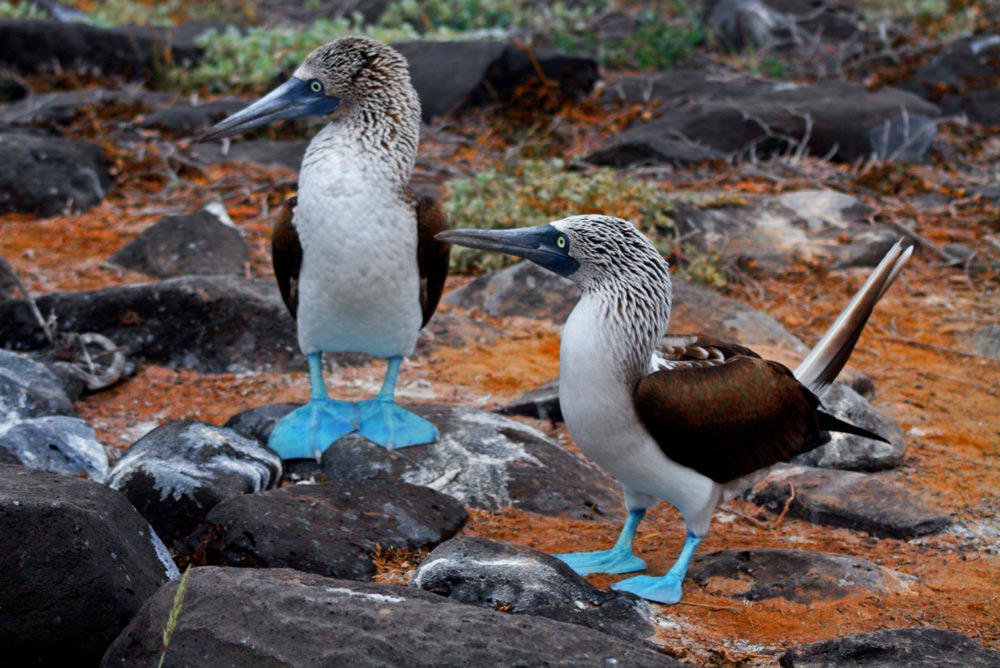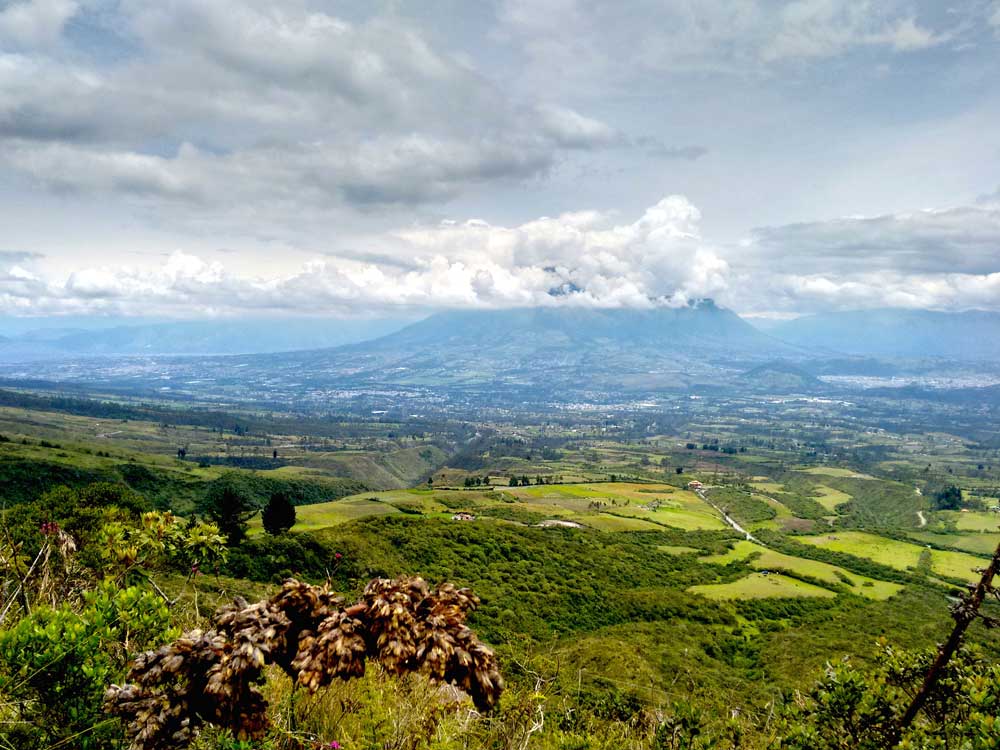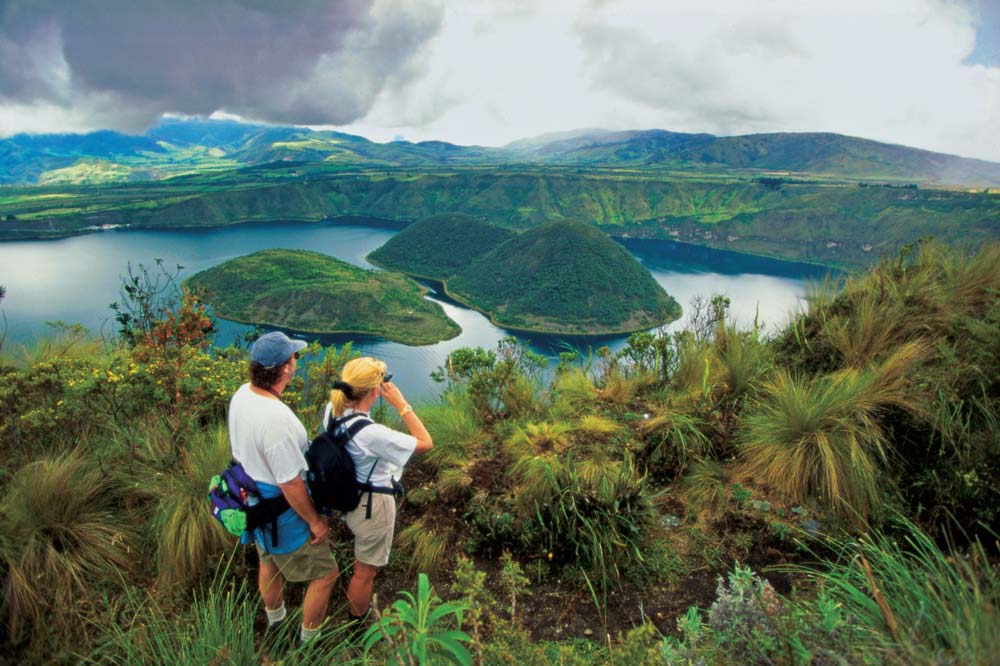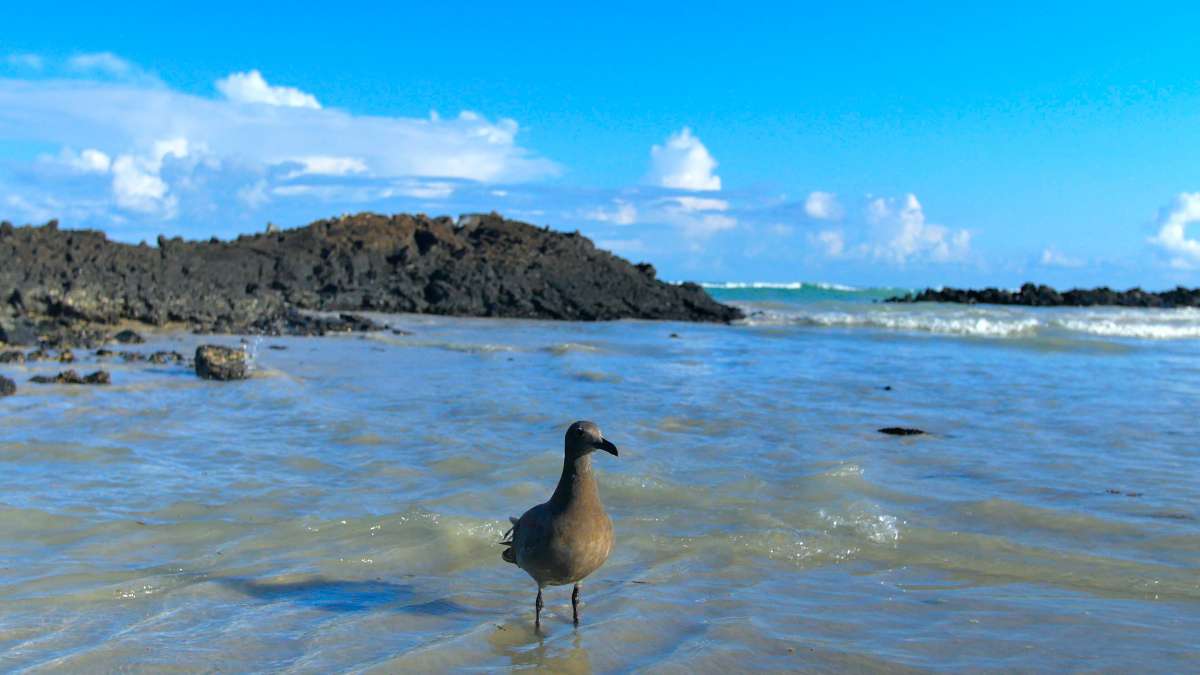Everyone's heard of the Galápagos Islands, with their blue-footed boobies and natural phenomena. But many are surprised to find that these islands are part of Ecuador, a country the size of Colorado replete with its own incredible natural diversity. Ecuador is a place where you can begin your day with breakfast by the ocean, drive a few hours for lunch in the Andes and finish with dinner in the rain forest. Named for the equator that runs through it, Ecuador's landscape is also cut right through the middle by the Andes Mountains, creating an immense variety of ecosystems that harbor an array of animals and plants unique to the country. It's part of three major ecological zones: the Choco, the Tumbesian and the Amazon, which are some of the most diverse regions in the world.
The first time I went to the Andean Highlands at age 16, I became conscious of the many beautiful places my home country has to offer. Ecuador is packed with wonders that most visitors don't see: The coast, with its white- and black-sand beaches and delicious ceviche. The Andes, with its volcanoes, valleys and traditional guinea pig meat. The Amazon, with its myriad shades of green and some of the happiest people I've ever met, living off the land and keeping a deep connection with their natural surroundings. And of course, the Galápagos Islands, where its birds, reptiles, mammals and marine wildlife--like giant tortoises and Darwin's beloved finches--serve as some the world's most striking displays of natural selection.
On our Ecuador trips, you'll experience natural wonder every step of the way: on your first snorkel excursion, swimming next to sea lions, rays, and colorful fish; when you step into the jungle and watch squirrel monkeys jump from tree to tree; when you hear the flutter of macaws flying overhead; or when you walk into the Zuleta Valley and catch a glimpse of an Andean spectacled bear. As a native Ecuadorean and Backroads Trip Leader, there's nothing more exciting than sharing my country's natural and cultural wonders with my guests, helping them create memories of a lifetime.













